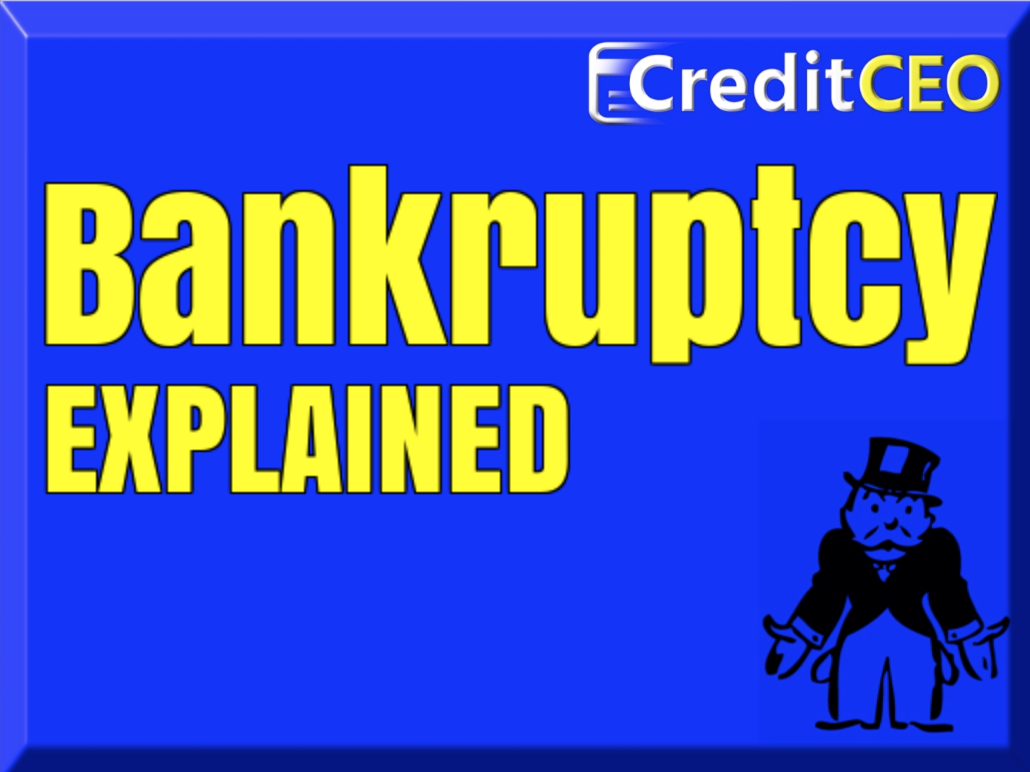What You Need to Know Before Filing For Bankruptcy
Filing for Bankruptcy can often be a process of jumping through hoops and hopping hurdles to relieve the debtor of either all or most of owed money to creditors depending on which chapter is filed.
It’s often advised that you hire a trusted and licensed attorney who specializes in this process to better help your case.
Chapter 7 bankruptcy is one of the most customary form of bankruptcy filed for. If this is what you have filed under, most all of your qualifying debts have been released and wiped clean. Often times, with no repayment plan involved, sometimes some of the debtors property will be turned over to the creditors.
Though chapter 7 is often the most envisioned chapter when filing, it can often be a long and draining process, without a 100% guarantee it being granted.
Chapter 13 bankruptcy proposes a repayment plan with a schedule of 36-60 months. The debtors only pay what they can afford, and the creditors only receive typically a small percentage of what was owed; “pennies on the dollar”. This is typically a chapter filed for individuals with regular, stable, and reliable income, and that keeps creditors from harassing you while you pay them over 3-5 years. This allows the debtor to pay what can be afforded.
If you’ve decided to file for bankruptcy, it is important to talk to an attorney first to decide which chapter will better fit your needs.
Remember, any sort of bankruptcy can report on your credit profile for up to 10 years depending on how you filed, which can severely impact your financial standing drastically.
If you have questions or concerns about how or who to talk to when filing bankruptcy please reach out to us at
1(800)216-2725 for a free consultation
or
visit our website at
http://BetterCreditGuaranteed.com

